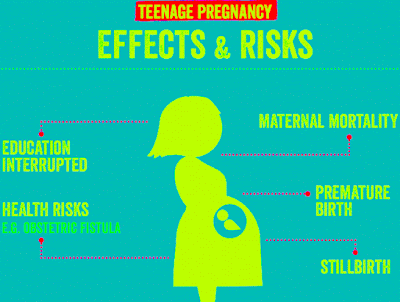What does Ovulation mean? Top 10 symptoms of ovulation
What does Ovulation mean?
When a mature egg is freed from one of the ovaries among two, pushed down to the fallopian tube, and is made ready to fertile.
Nearly every month an egg matures within one of your ovaries. As it turns mature, the egg is discharged by the ovary where it enters the” fallopian tube” to make its way in the direction of waiting for the meeting to sperm and the uterus.
The interlining of the uterus has condensed to get ready for the fertilized egg. If no perception occurs, the uterine interlining, blood will be shed. This is called menstruation.
How to Track Ovulating?
A female’s monthly cycle is estimated from the very first day of her menstruation until the first day of her next menstrual period.
Normally, a woman’s cycle is between 28-32 days, but some may have experienced much shorter or much longer cycles.
Ovulating can be tracked by starting with the very first day of the (LMP) Last Menstrual Period or by calculating 12-16 days from the next expected menstrual period.
Most females ovulate between Day 11 – Day 21 of their circle, measuring from the first day of the Last Menstrual Period (LMP).
This is what many refer to as the “fertile time” of a female’s circle because sexual intercourse during this period raises the chance of gestation.
The Ovulation Circle Divided Into Two Segments:
• The first segment of the ovulating circle is called the ‘follicular phase’. This stage starts the beginning day of the Last Menstrual Period (LMP) and continues until occurring of ovulating.
This first part of the circle can vary for each lady enduring anywhere from 7 days until 40 days.
• The second part of the circle is called the “luteal phase” and is from the day of ovulation until the next menstrual period starts. The” luteal phase” has a more exact timeline and commonly is only 12-16 from the day of ovulation.
This eventually means that the day of ovulation will decide how long your circle is.
In human, ovulating occurs about halfway during the menstrual period circle, after the follicular phase.
Top 10 Symptoms of ovulating:
The symptoms of ovulation differ from woman to woman. It is possible that some woman won’t experience ovulation signs. In addition, the ovulating time varies for
each female. Now we will discuss ovulating symptoms:
1. Hormonal change: When a female ovulates, hormonal changes take places. For this reason, a number of physical signs have shown. By paying attention to your body, you may tell when you are the maximum fertile and close to get ovulate.
2. Egg-white cervical mucus: A woman’s body gets ready for ovulation by producing cervical fluid. It is perfect for transporting sperm. This kind of fluid is aggressive to sperm because sperm basically takes fixed in the thick fluid and can’t create it to the egg.
3. Feeling wetter: The cervical fluid becomes stretched and thinner as ovulation approaches. It also becomes more plentiful. A woman can’t be able to notice if her cervical mucus has distorted to the right kind of mucus, but she should be able to monitor her body suffer.
4. Breast tenderness: The increase in progesterone can be what reasons your breast experience tender during ovulating. Some woman notice breast tenderness, right about the time of ovulation.
5. High, soft and open cervix: The location of your cervix may also notify you if you are fertile. Exactly after you have your menstrual period. Your cervix will experience hard, low and closed. Your cervix will move higher up and suffer soft, mushy and open during ovulating.
6. Increased sex drive: If your mood is frisky, it may possible you are ovulating. The woman regularly notices an increased sex drive about ovulating. Researchers studied female and their sex drive in connection to ovulation.
7. Notice light spotting: Have you seen light spotting in the middle of your cycle? Female think this spotting is just leftover blood from a period, but if it happens around the time you might be ovulating, there is a good possibility that it is ovulating spotting.
8. Cramping or pain: About 22% of woman noticed pain during ovulation. This pain called mittelschmerz. It happens around the middle of a woman’s circle. I am possibly caused by the egg breaking through the follicle during ovulation.
9. Notice bloating: If you think your clothes feeling a little tighter or you have a little more bloat in your abdominal place, this could be due to ovulation. Around ovulation, you can feel a little bloating, much similar you get before your menstruation.
10. Mild nausea: Women have problems with nausea just previous to their menstruation begin. This nausea is sometimes wrong morning disease. This is because the similar hormones that cause morning sickness during gestation reason nausea and other PMS signs.


Comments